Home>Furniture & Design>Bathroom Accessories>How Did A Mouse Get In My Bathtub
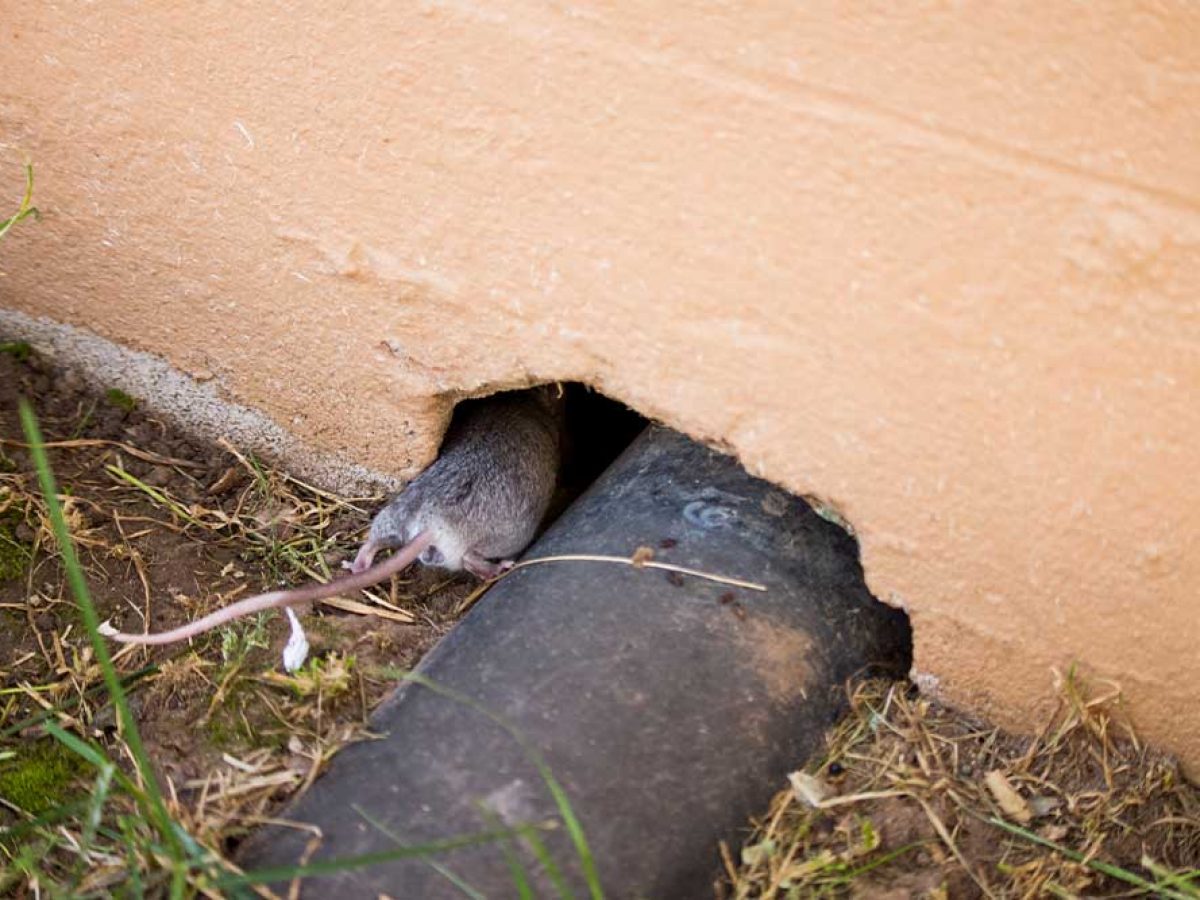

Bathroom Accessories
How Did A Mouse Get In My Bathtub
Modified: August 28, 2024
Discover how a mouse found its way into your bathtub and learn about essential bathroom accessories to prevent such surprises. Explore our range of bathroom accessories for a mouse-free bathing experience.
(Many of the links in this article redirect to a specific reviewed product. Your purchase of these products through affiliate links helps to generate commission for Storables.com, at no extra cost. Learn more)
Introduction
Discovering a mouse in your bathtub can be a surprising and unsettling experience. How did it get there, and why did it choose your bathroom as its temporary abode? These are common questions that may race through your mind as you ponder the unexpected guest in your bathing space. While it may seem like an isolated incident, the presence of a mouse in your bathtub can indicate a potential infestation or a need for heightened vigilance to prevent future occurrences.
Mice are resourceful creatures, capable of squeezing through remarkably small openings and navigating through intricate pathways to access unexpected areas within a home. The bathroom, with its plumbing fixtures and potential sources of water, can be an attractive destination for a curious mouse in search of sustenance and shelter. Understanding the factors that may have led to the mouse's presence in your bathtub is crucial in addressing the immediate concern and implementing measures to prevent similar incidents in the future.
In this article, we will delve into the common entry points for mice, the attractants that draw them into the bathroom, the potential dangers of having mice in this space, effective methods for removing a mouse from the bathtub, and proactive strategies for preventing future mouse incidents. By gaining insight into these aspects, you can equip yourself with the knowledge and tools necessary to address the current situation and safeguard your bathroom from unwelcome rodent visitors.
As we explore the intricacies of this unexpected scenario, it's essential to approach the matter with a blend of practicality and empathy. While the presence of a mouse in the bathtub may evoke feelings of unease, it's important to handle the situation with care and consideration for the well-being of both the mouse and the household. By understanding the underlying reasons for the mouse's presence and taking proactive steps to address the situation, you can restore a sense of comfort and security to your bathroom environment.
Let's embark on this insightful journey to unravel the mystery of how a mouse found its way into your bathtub and discover effective strategies for addressing and preventing such occurrences.
Key Takeaways:
- Keep mice out of your bathroom by sealing entry points, maintaining cleanliness, and enhancing ventilation. Regular inspections and professional assistance can help prevent infestations and ensure a pest-free environment.
- If you find a mouse in your bathtub, safely remove it by preparing a secure containment, gently encouraging the mouse, and relocating it to a suitable outdoor area. Sanitize the bathtub afterward to restore comfort and hygiene.
Read more: How Did The Devil’s Bathtub Get Its Name?
Common Entry Points for Mice
Mice are remarkably adept at infiltrating homes through minuscule openings, exploiting even the tiniest gaps to gain access to interior spaces. In their quest for food, water, and shelter, these resourceful rodents can exploit various entry points within a home, including the following:
-
Gaps Around Pipes and Plumbing Fixtures: The intricate network of pipes and plumbing fixtures in the bathroom can inadvertently create entry points for mice. Small gaps around pipes, drains, and plumbing penetrations provide convenient pathways for mice to enter the bathroom space.
-
Vents and Ducts: Ventilation systems and ductwork, designed to facilitate air circulation and temperature regulation, can harbor openings through which mice can infiltrate the bathroom. These openings may be located near the floor, ceiling, or walls, serving as potential entry points for curious rodents.
-
Cracks and Gaps in Walls and Floors: Over time, the structural integrity of a home may be compromised by the development of cracks and gaps in walls, floors, and foundations. These openings, often overlooked, can serve as entry points for mice seeking refuge in the bathroom environment.
-
Damaged Seals and Weather Stripping: Worn-out seals around windows, doors, and vents can create opportunities for mice to gain access to the interior of the home. Additionally, damaged weather stripping along the bottom of doors can provide a convenient entry point for mice, allowing them to venture into the bathroom space.
-
Utility and Service Entrances: Utility access points, such as those for electrical wiring, cable connections, or plumbing access panels, may feature gaps or openings that mice can exploit to gain entry into the bathroom area.
By recognizing these common entry points for mice in the bathroom, homeowners can take proactive measures to fortify these vulnerable areas and minimize the likelihood of rodent infiltration. Addressing these potential entry points through thorough inspection and strategic reinforcement can significantly reduce the risk of unwelcome rodent visitors in the bathroom and other areas of the home.
Attractants for Mice in the Bathroom
The bathroom, with its unique combination of moisture, warmth, and potential food sources, can inadvertently serve as an enticing environment for mice seeking shelter and sustenance. Understanding the specific attractants that may draw mice into the bathroom is essential in addressing the underlying factors contributing to rodent presence in this space.
-
Moisture Accumulation: Mice are attracted to areas with high moisture levels, making the bathroom an appealing destination due to activities such as bathing, showering, and the presence of water fixtures. Accumulated moisture from leaky pipes, dripping faucets, or inadequate ventilation can create an environment conducive to mice seeking hydration and a comfortable habitat.
-
Food Residues and Spills: The bathroom may harbor overlooked sources of food for mice, including toothpaste residues, soap scum, and even occasional spills of personal care products. These seemingly insignificant remnants can provide sustenance for mice, especially in conjunction with the moisture present in the bathroom environment.
-
Clutter and Nesting Materials: Unattended clutter, such as towels, clothing, or stored items, can inadvertently provide nesting materials for mice. The bathroom's relative seclusion and potential hiding spots can make it an attractive location for mice to establish nests and rear their young, especially if suitable nesting materials are readily available.
-
Warmth and Shelter: The bathroom's relatively warm and secluded nature, especially when compared to other areas of the home, can appeal to mice seeking shelter from external elements and potential predators. The enclosed spaces behind cabinets, within walls, or beneath fixtures can provide mice with a sense of security and protection, further enhancing the bathroom's allure as a potential habitat.
-
Access to Adjacent Spaces: In some cases, the bathroom may serve as a gateway to other areas within the home, providing mice with access to additional resources and potential nesting sites. Vents, ducts, and openings leading to interconnected spaces can extend the appeal of the bathroom as a strategic location for mice to explore and inhabit.
By recognizing these attractants for mice in the bathroom, homeowners can take proactive measures to mitigate these factors and reduce the likelihood of rodent infestation. Implementing strategies to minimize moisture accumulation, maintain cleanliness, declutter the space, and fortify potential entry points can help deter mice from viewing the bathroom as an inviting environment, ultimately contributing to a pest-resistant home environment.
To prevent mice from getting into your bathtub, make sure to keep the drain covered when not in use and seal any cracks or openings in the bathroom. Keep the area clean and free of food crumbs to discourage mice from entering.
Dangers of Having Mice in the Bathroom
The presence of mice in the bathroom poses significant risks and potential hazards that extend beyond mere inconvenience. Understanding the dangers associated with having mice in this space is crucial in recognizing the urgency of addressing the situation and implementing effective measures to mitigate these risks.
-
Health Risks: Mice can carry and transmit various pathogens, bacteria, and parasites that pose serious health risks to humans. Their droppings, urine, and saliva can contaminate surfaces and compromise the sanitary conditions of the bathroom, potentially leading to the spread of diseases and infections. Exposure to mouse-borne pathogens can result in respiratory issues, gastrointestinal illnesses, and allergic reactions, particularly in individuals with compromised immune systems.
-
Property Damage: Mice are notorious for their gnawing behavior, which can result in extensive damage to bathroom fixtures, insulation, and structural components. Their incessant chewing can compromise electrical wiring, leading to potential fire hazards, and damage water pipes, resulting in leaks and water damage. Additionally, mice may use various materials to construct nests, leading to further deterioration of the bathroom environment.
-
Contamination of Supplies: The presence of mice in the bathroom increases the risk of contamination of personal care products, toiletries, and other essential supplies. Mice may come into contact with these items, leading to potential contamination with their droppings, urine, or pathogens. This compromises the hygiene and safety of these supplies, necessitating thorough inspection and potential disposal to prevent health risks.
-
Unsanitary Conditions: Mice activity in the bathroom can lead to unsanitary conditions, compromising the overall cleanliness and comfort of the space. Accumulated droppings, gnawed materials, and nesting debris contribute to an environment that is aesthetically unappealing and potentially hazardous. This can create a sense of unease and discomfort for occupants, impacting their overall well-being and peace of mind.
-
Reproductive Potential: Mice are prolific breeders, capable of rapidly multiplying their population within a short period. A single mouse in the bathroom can quickly lead to a full-blown infestation if left unchecked, exacerbating the associated dangers and complicating the eradication process. Addressing the presence of mice promptly is essential in preventing the escalation of infestation and its associated risks.
By acknowledging these dangers, homeowners can prioritize the swift and comprehensive resolution of the mouse presence in the bathroom, safeguarding their health, property, and overall well-being. Implementing effective removal and prevention strategies is essential in mitigating these risks and restoring a safe and pest-free bathroom environment.
How to Remove a Mouse from the Bathtub
Discovering a mouse in your bathtub can be a startling experience, but it's essential to handle the situation with care and consideration. Here are effective steps to safely remove a mouse from the bathtub and restore a sense of comfort to your bathroom environment.
-
Assess the Situation: Upon discovering the mouse in the bathtub, approach the situation calmly and assess the mouse's behavior. Determine if the mouse is injured or appears to be in distress. This initial assessment will guide your approach to safely removing the mouse from the bathtub.
-
Prepare a Safe Containment: Before attempting to remove the mouse, prepare a safe and secure containment for it. A small, lidded container or a sturdy cardboard box can serve as a temporary holding space for the mouse. Ensure that the container has adequate ventilation and secure the lid to prevent the mouse from escaping.
-
Use Protective Gear: To protect yourself from potential contact with the mouse and its associated risks, consider wearing gloves and using a pair of tongs or a gentle, long-handled tool to handle the mouse. This precautionary measure minimizes direct contact and reduces the likelihood of injuries or contamination.
-
Gently Encourage the Mouse: Approach the bathtub cautiously and use gentle, non-threatening gestures to encourage the mouse to move toward the containment space. Avoid making sudden movements or loud noises that may startle the mouse. Slowly guide the mouse toward the opening of the container, allowing it to enter voluntarily.
-
Secure the Container: Once the mouse has entered the containment space, securely close the lid to prevent its escape. Ensure that the container provides adequate ventilation while effectively confining the mouse. This step is crucial in safely containing the mouse for subsequent relocation.
-
Relocate the Mouse: Transport the container to an appropriate release location, such as an outdoor area away from the immediate vicinity of your home. Choose a secluded spot with suitable shelter and natural elements to support the mouse's survival. Release the mouse gently, allowing it to exit the container and find its way into its new environment.
-
Sanitize the Bathtub: After successfully removing the mouse, thoroughly sanitize the bathtub and surrounding areas to eliminate any potential traces of the mouse's presence. Use a mild disinfectant to clean the bathtub, ensuring that it is safe for regular use once again.
By following these steps, you can safely and compassionately remove a mouse from the bathtub, addressing the immediate concern while upholding a sense of empathy and consideration for the well-being of both the mouse and your household.
Read more: How To Get My Bathtub To Drain
Preventing Future Mouse Incidents
Preventing future mouse incidents in the bathroom involves implementing proactive measures to fortify the space against rodent infiltration and minimize the factors that attract mice. By addressing potential entry points, eliminating attractants, and implementing preventive strategies, homeowners can create a pest-resistant environment that deters mice from accessing and inhabiting the bathroom. Here are effective methods for preventing future mouse incidents:
-
Seal Entry Points: Conduct a thorough inspection of the bathroom and identify potential entry points for mice. Seal gaps around pipes, vents, and utility entrances using durable materials such as steel wool, caulk, or metal mesh. Reinforce damaged seals and weather stripping to minimize opportunities for rodent entry.
-
Maintain Cleanliness: Keep the bathroom clean and free of food residues, spills, and clutter that may attract mice. Regularly wipe down surfaces, promptly address leaks or moisture accumulation, and store toiletries and supplies in sealed containers to minimize potential food sources for rodents.
-
Enhance Ventilation: Improve ventilation in the bathroom to reduce moisture levels and create an environment less conducive to mice. Utilize exhaust fans during and after bathing to minimize humidity, and ensure that ventilation ducts and openings are properly maintained and screened to prevent rodent access.
-
Declutter and Organize: Minimize potential nesting materials by decluttering the bathroom and organizing stored items. Keep towels, clothing, and other materials properly stored and off the floor to reduce opportunities for mice to utilize them for nesting.
-
Implement Pest-Resistant Practices: Consider utilizing pest-resistant materials and fixtures in the bathroom, such as metal storage containers, sealed trash bins, and rodent-proof storage solutions. These measures can deter mice and minimize their access to potential nesting materials and food sources.
-
Regular Inspections: Routinely inspect the bathroom for signs of rodent activity, such as droppings, gnaw marks, or nesting materials. Promptly address any indications of potential rodent presence to prevent the escalation of an infestation.
-
Seek Professional Assistance: If a persistent mouse infestation is encountered, consider seeking the expertise of pest control professionals. They can conduct thorough assessments, implement targeted eradication methods, and provide guidance on long-term prevention strategies tailored to the specific needs of the bathroom environment.
By incorporating these preventive measures, homeowners can fortify their bathrooms against potential mouse incidents, creating a sanitary, pest-resistant space that promotes comfort and well-being. Proactive maintenance and vigilance are key in sustaining a pest-free bathroom environment and ensuring the tranquility and hygiene of the household.
Frequently Asked Questions about How Did A Mouse Get In My Bathtub
Was this page helpful?
At Storables.com, we guarantee accurate and reliable information. Our content, validated by Expert Board Contributors, is crafted following stringent Editorial Policies. We're committed to providing you with well-researched, expert-backed insights for all your informational needs.
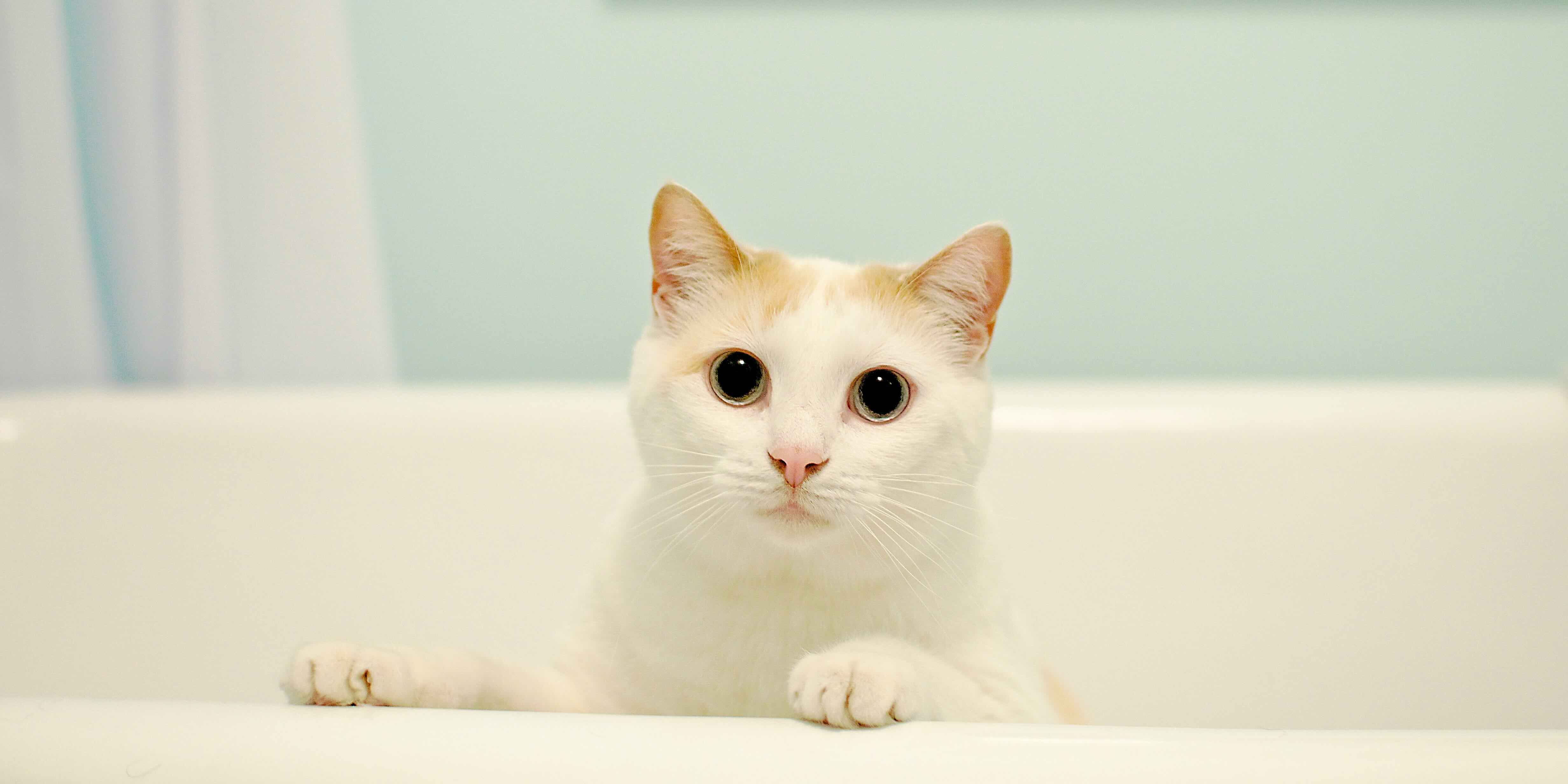


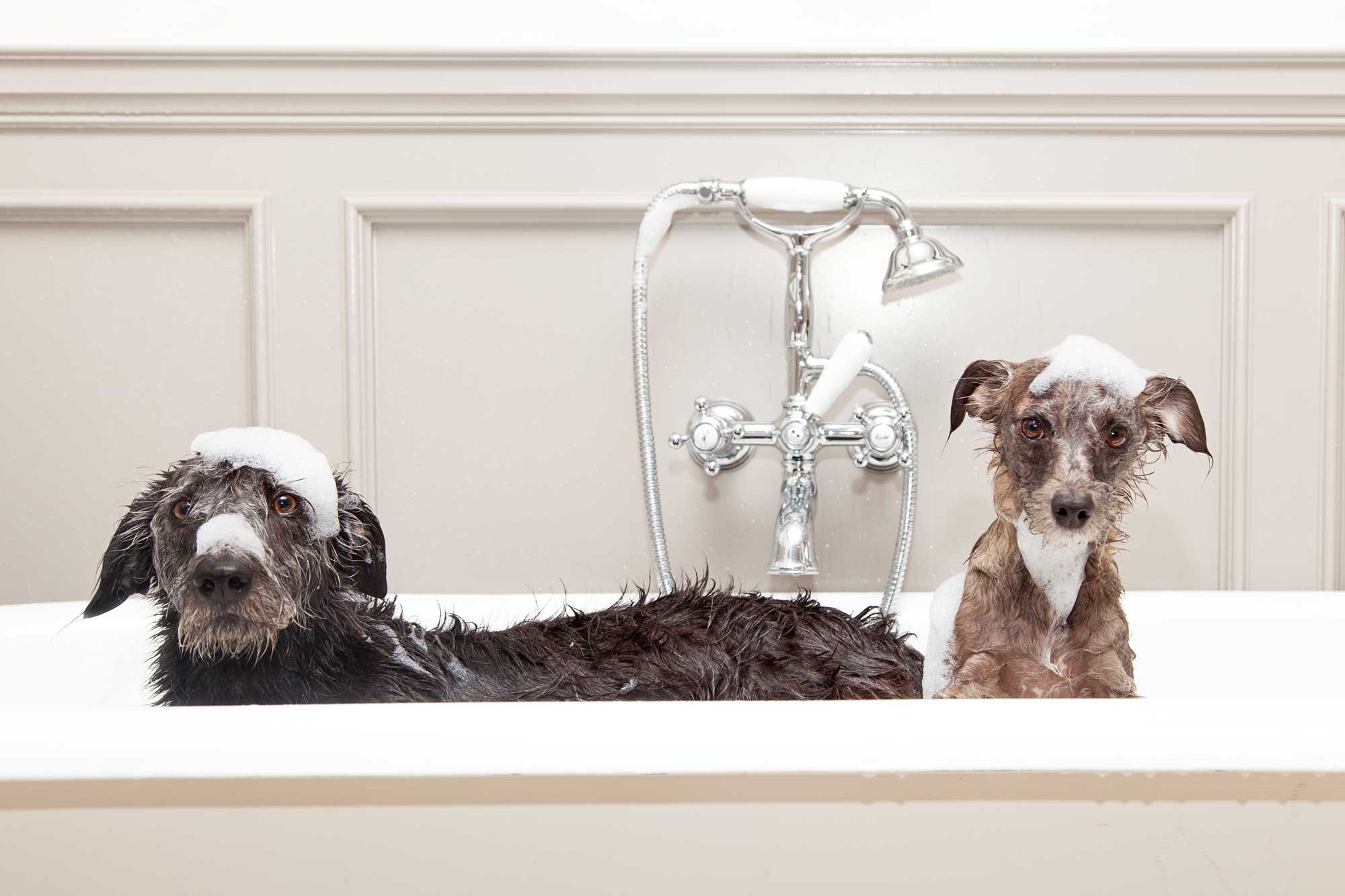
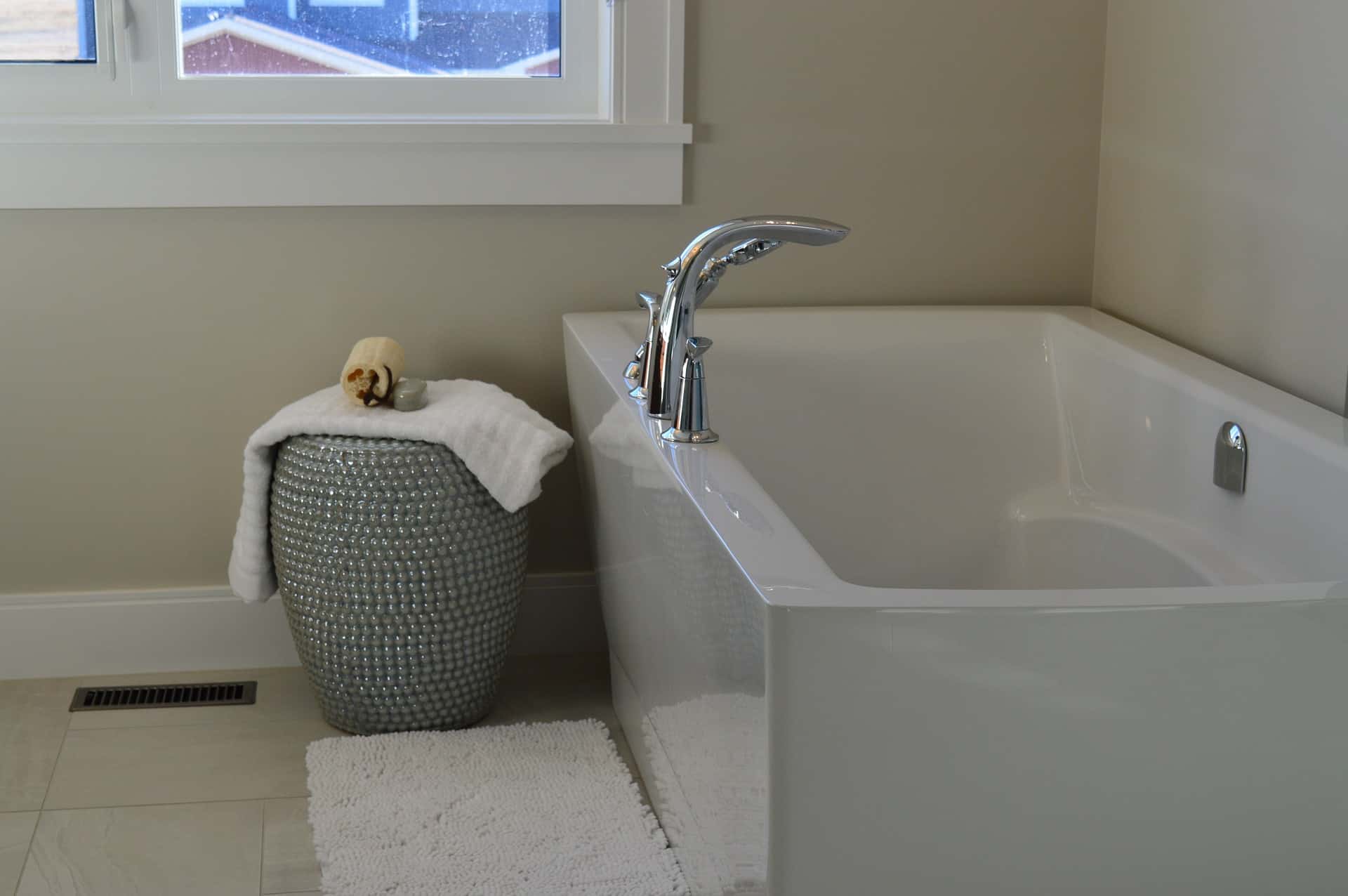
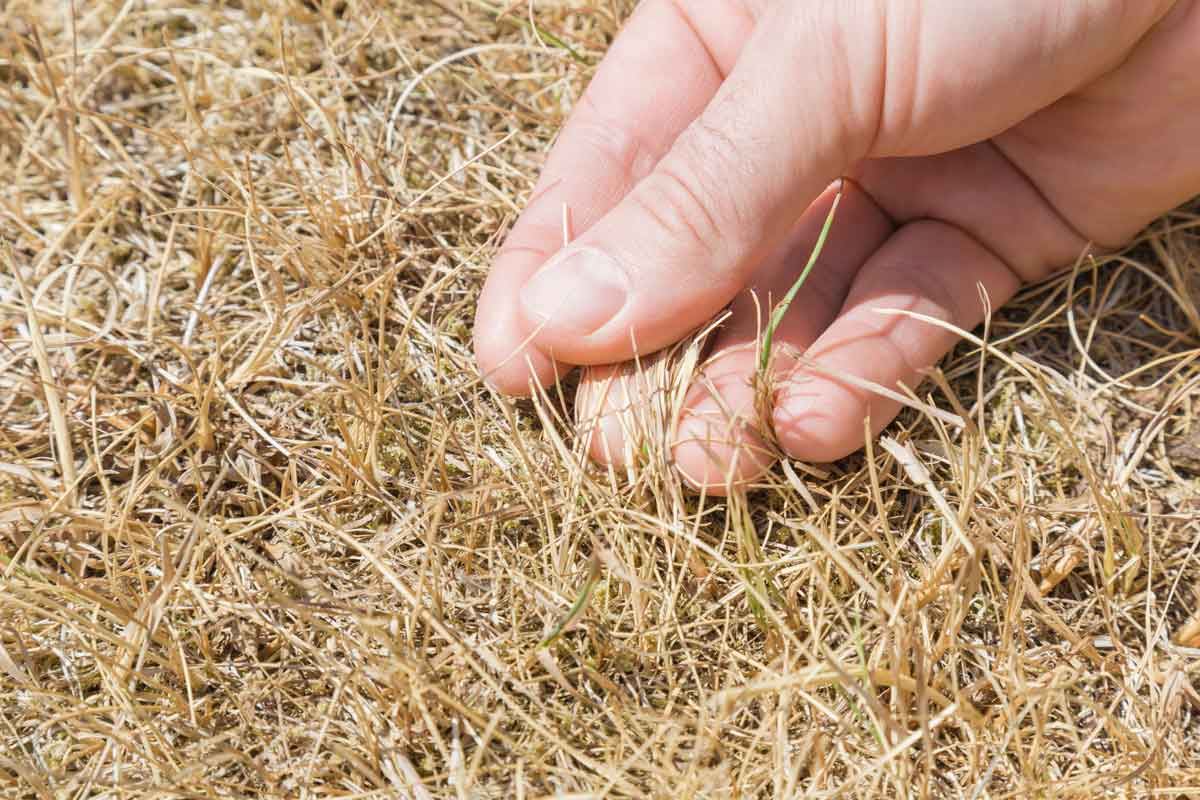
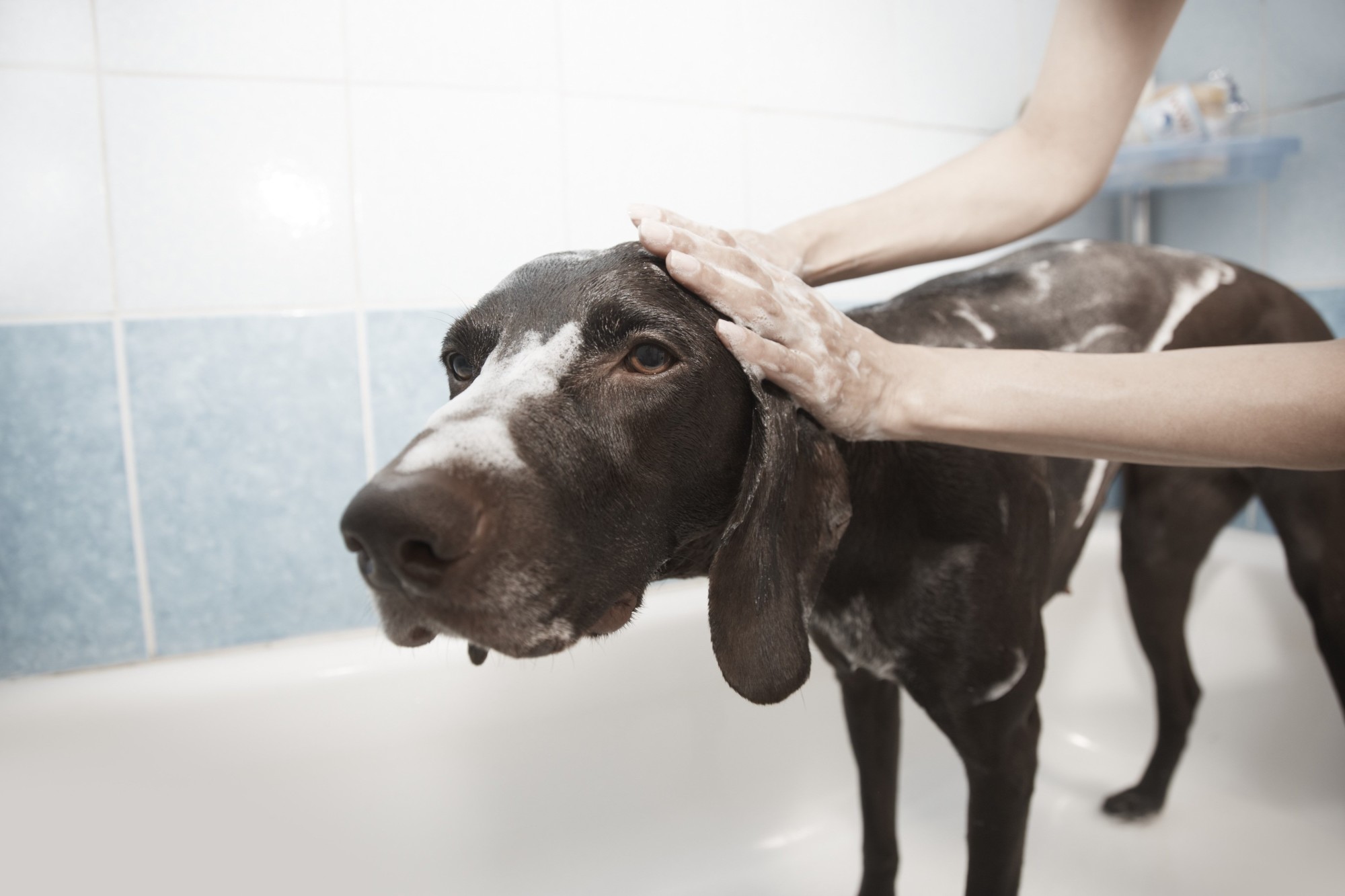

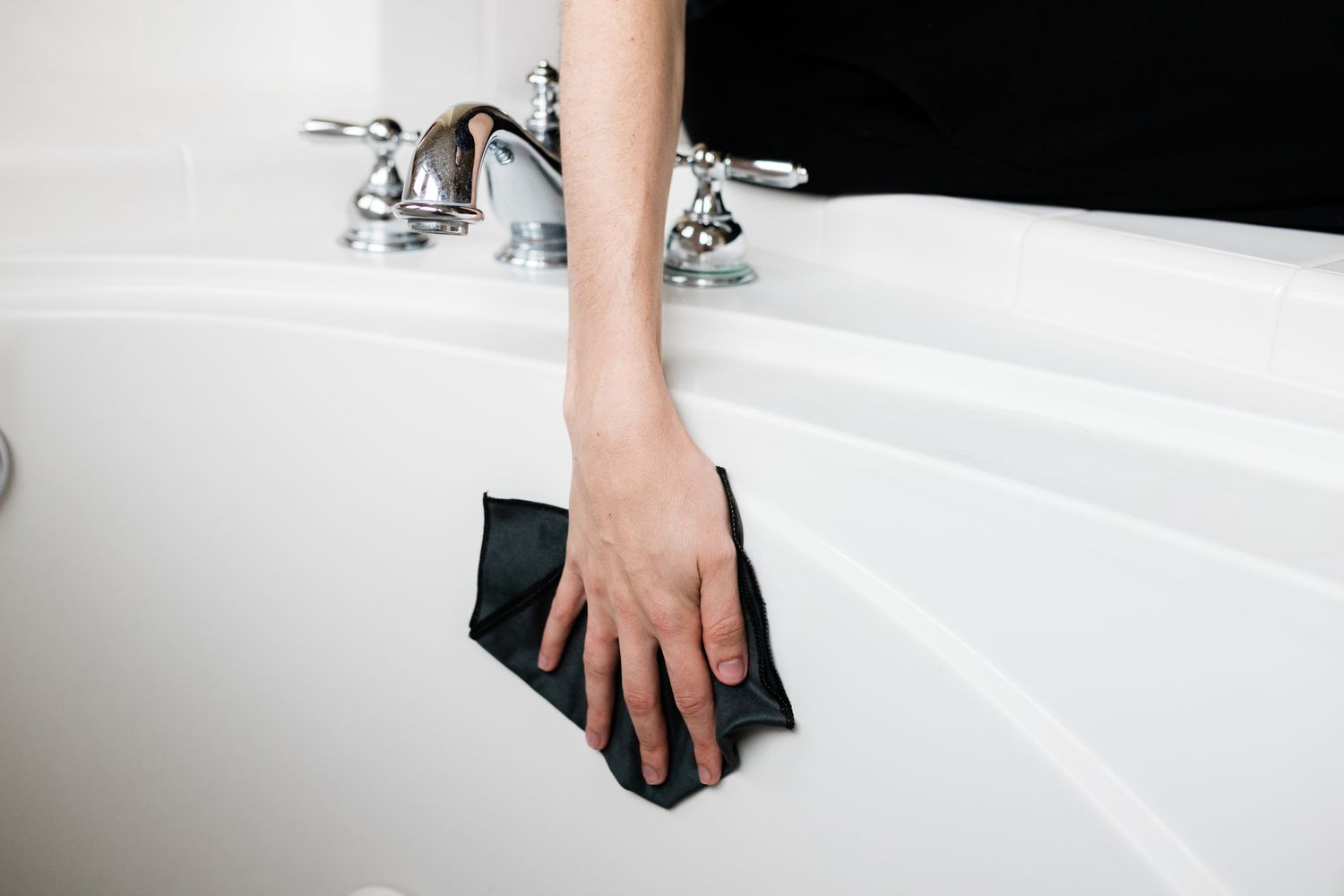
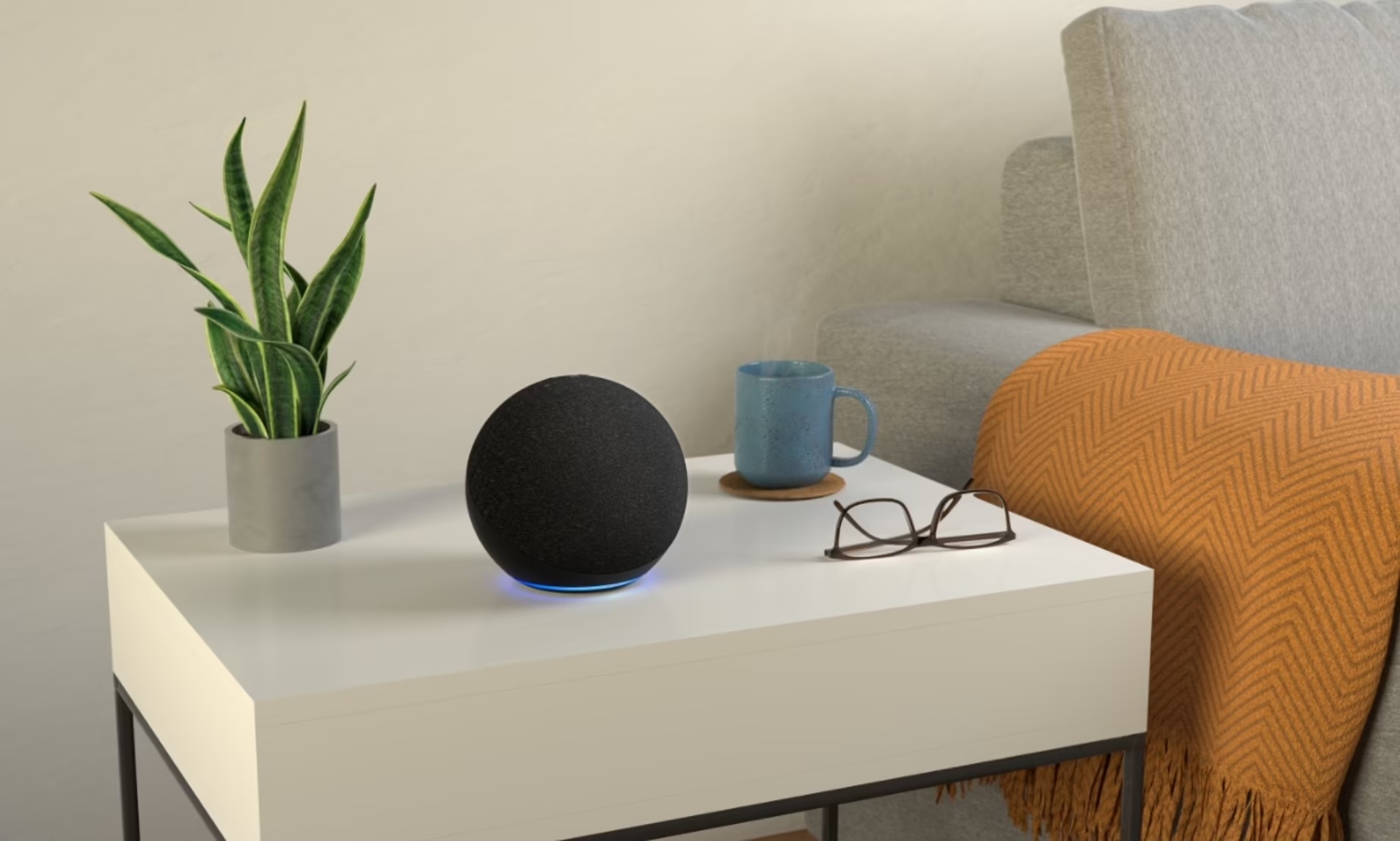
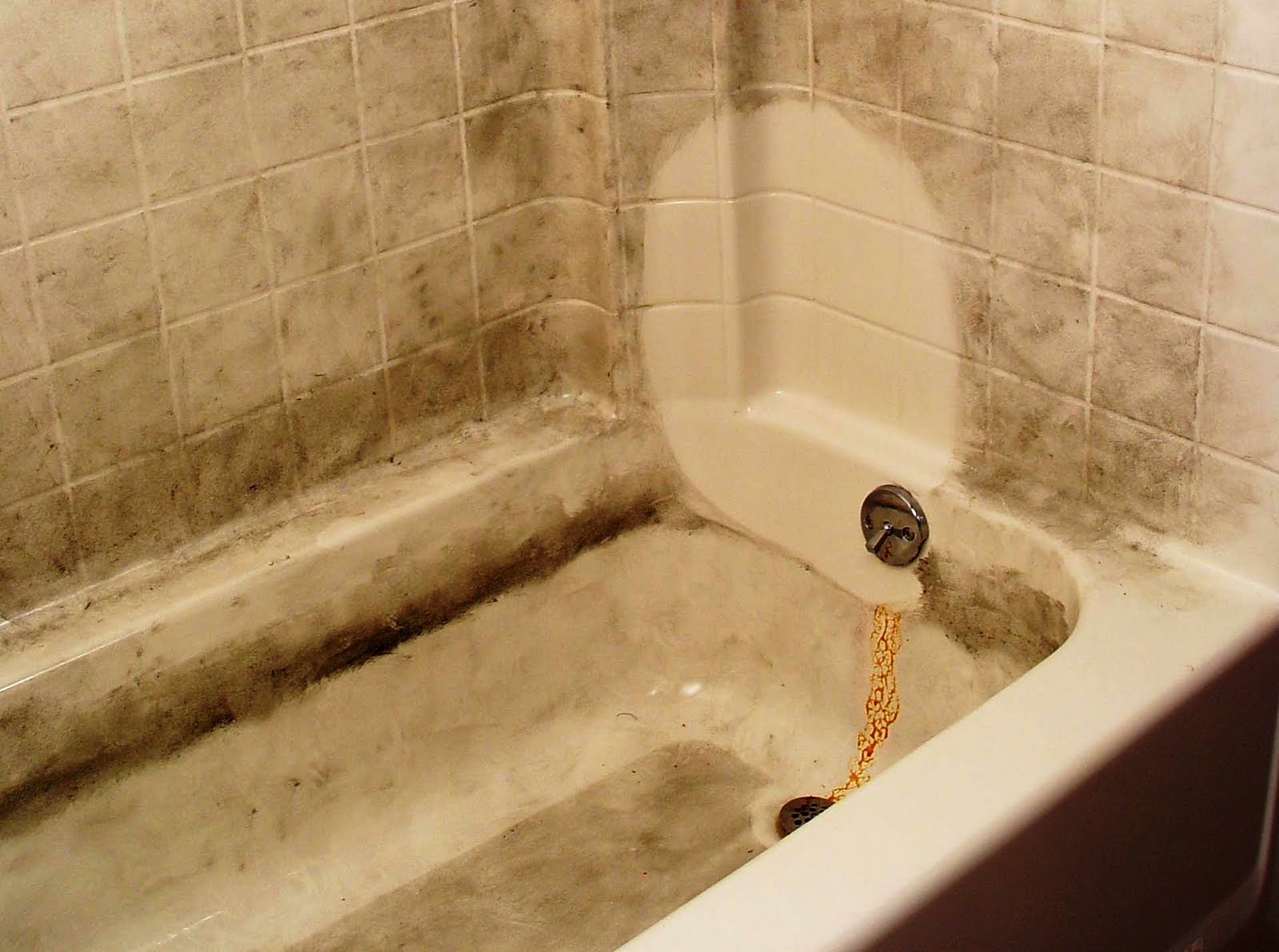
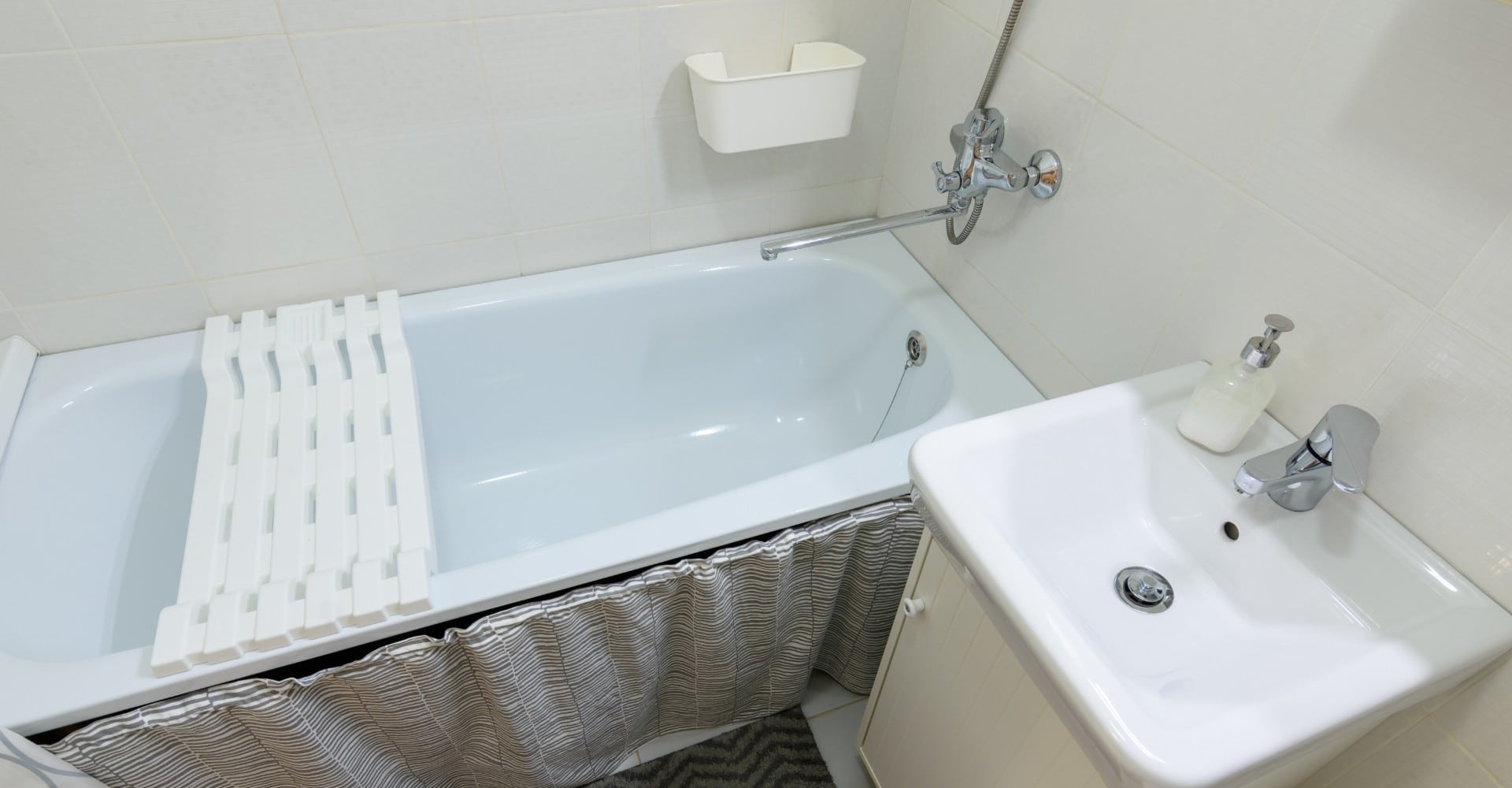
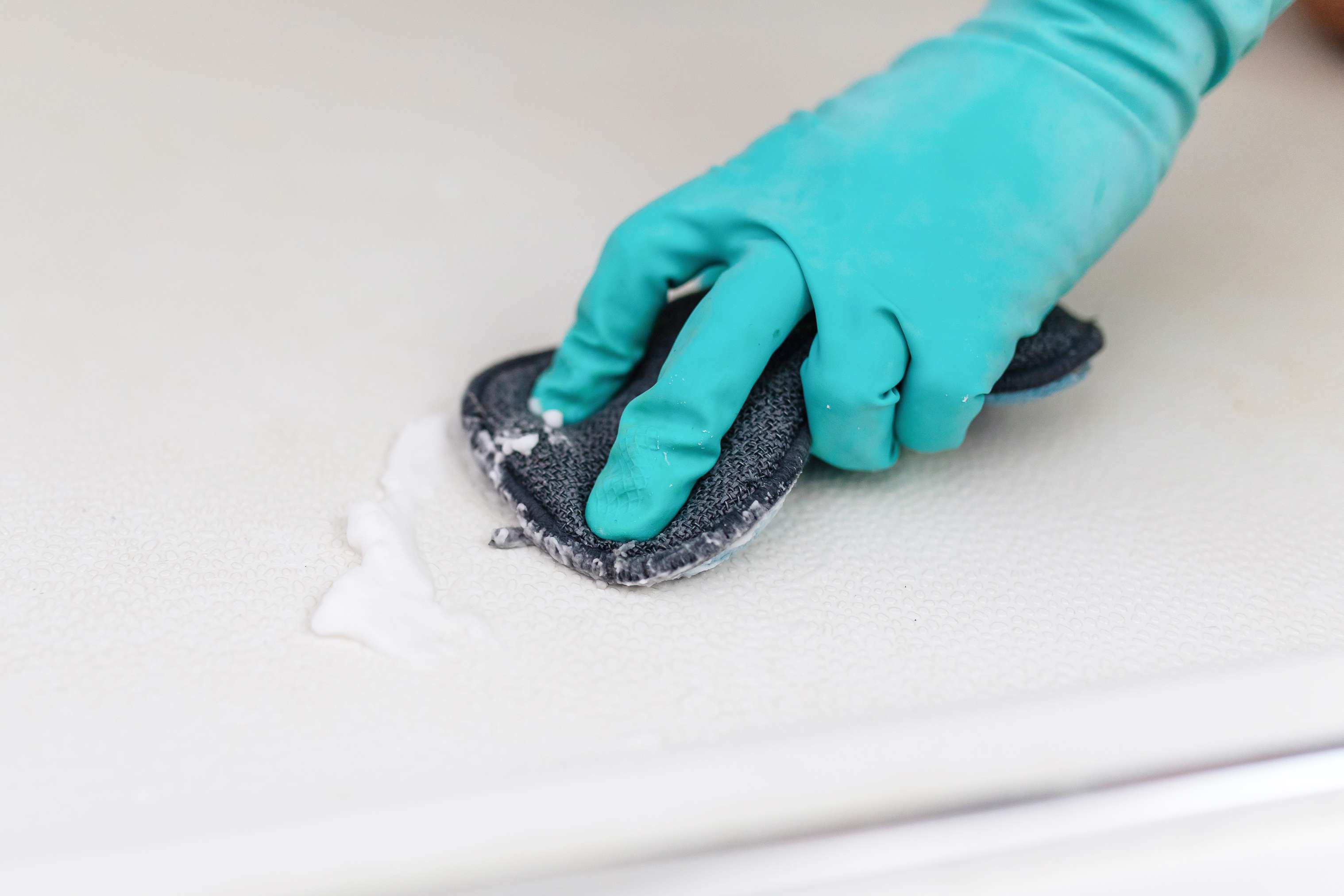

0 thoughts on “How Did A Mouse Get In My Bathtub”